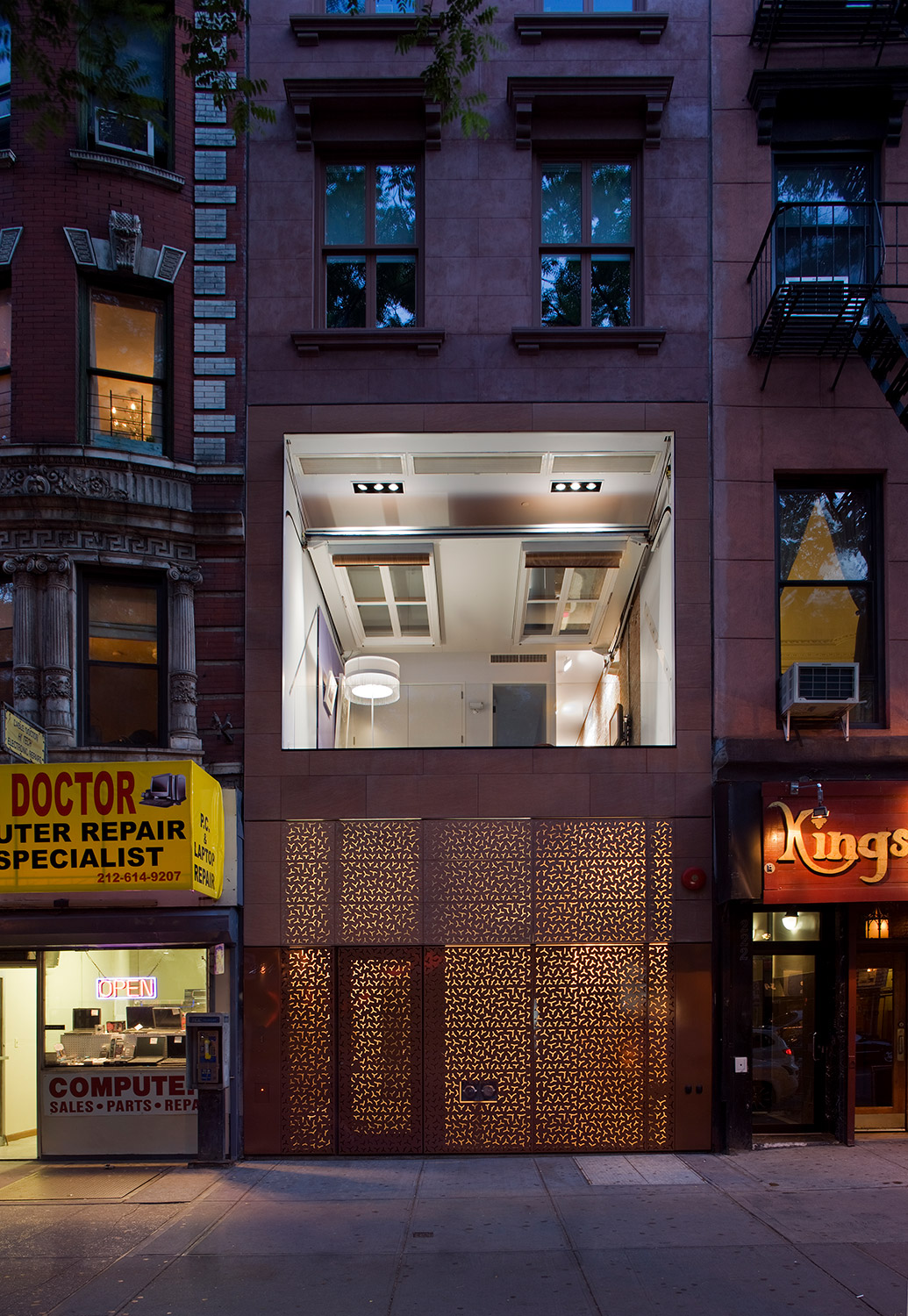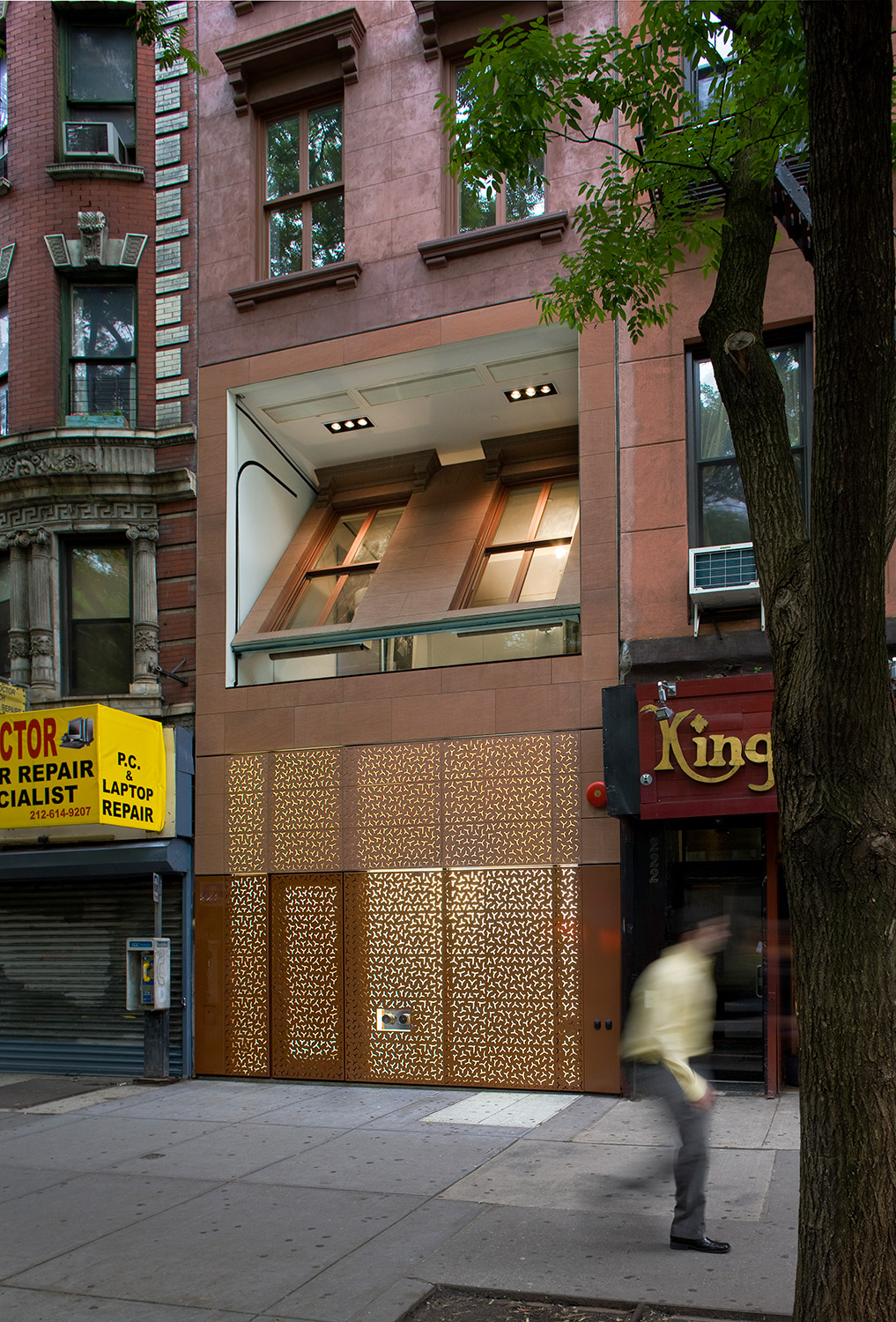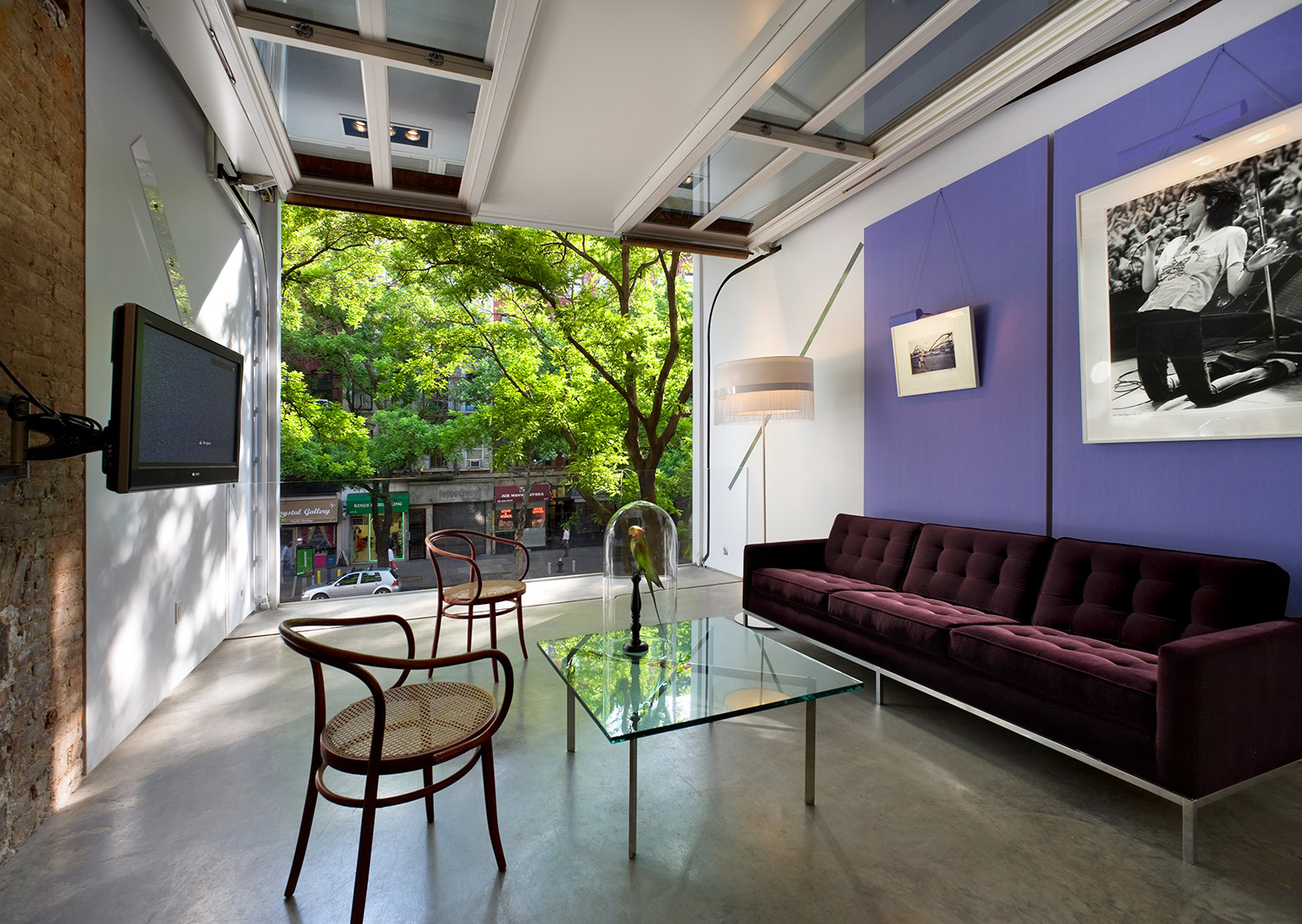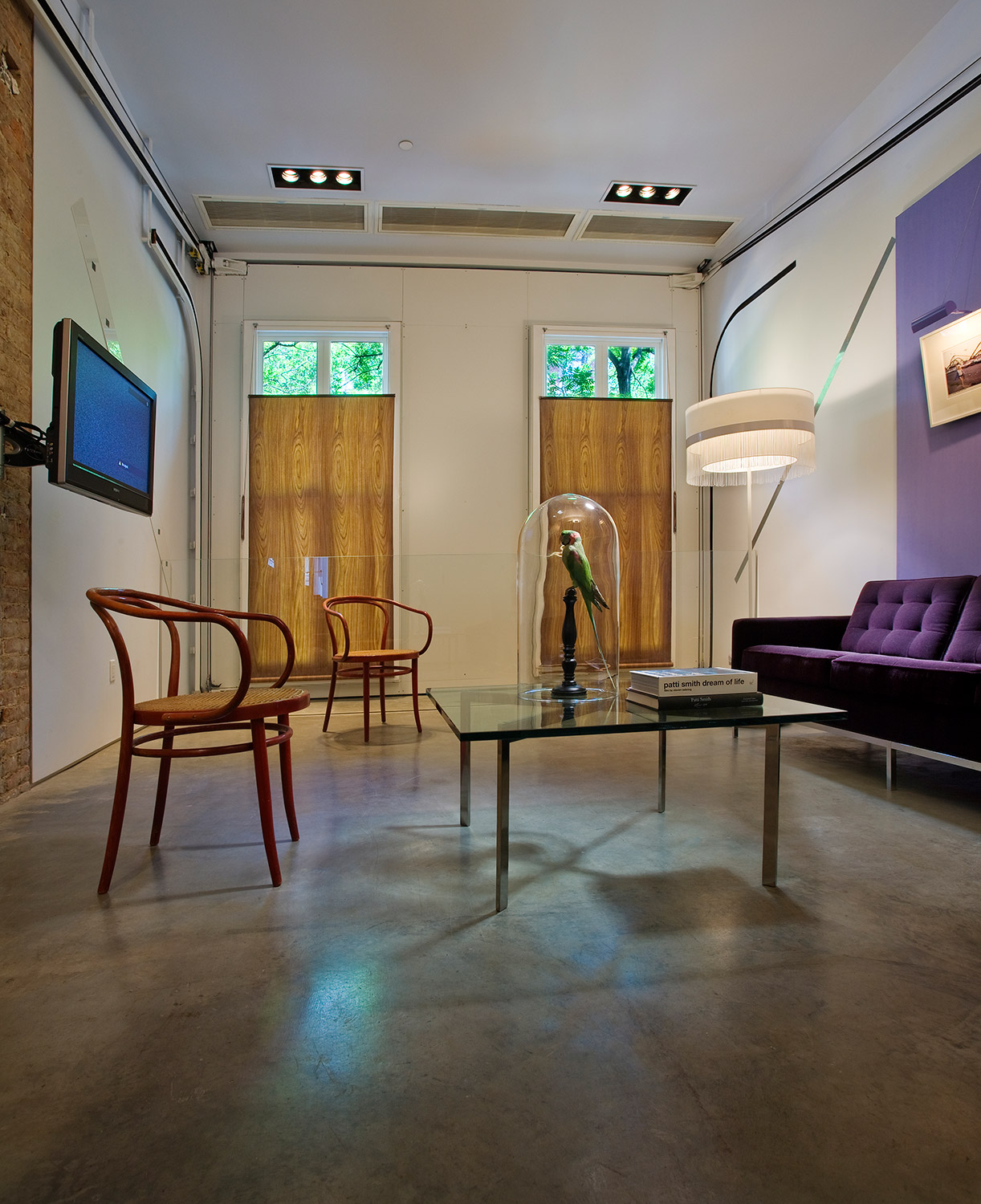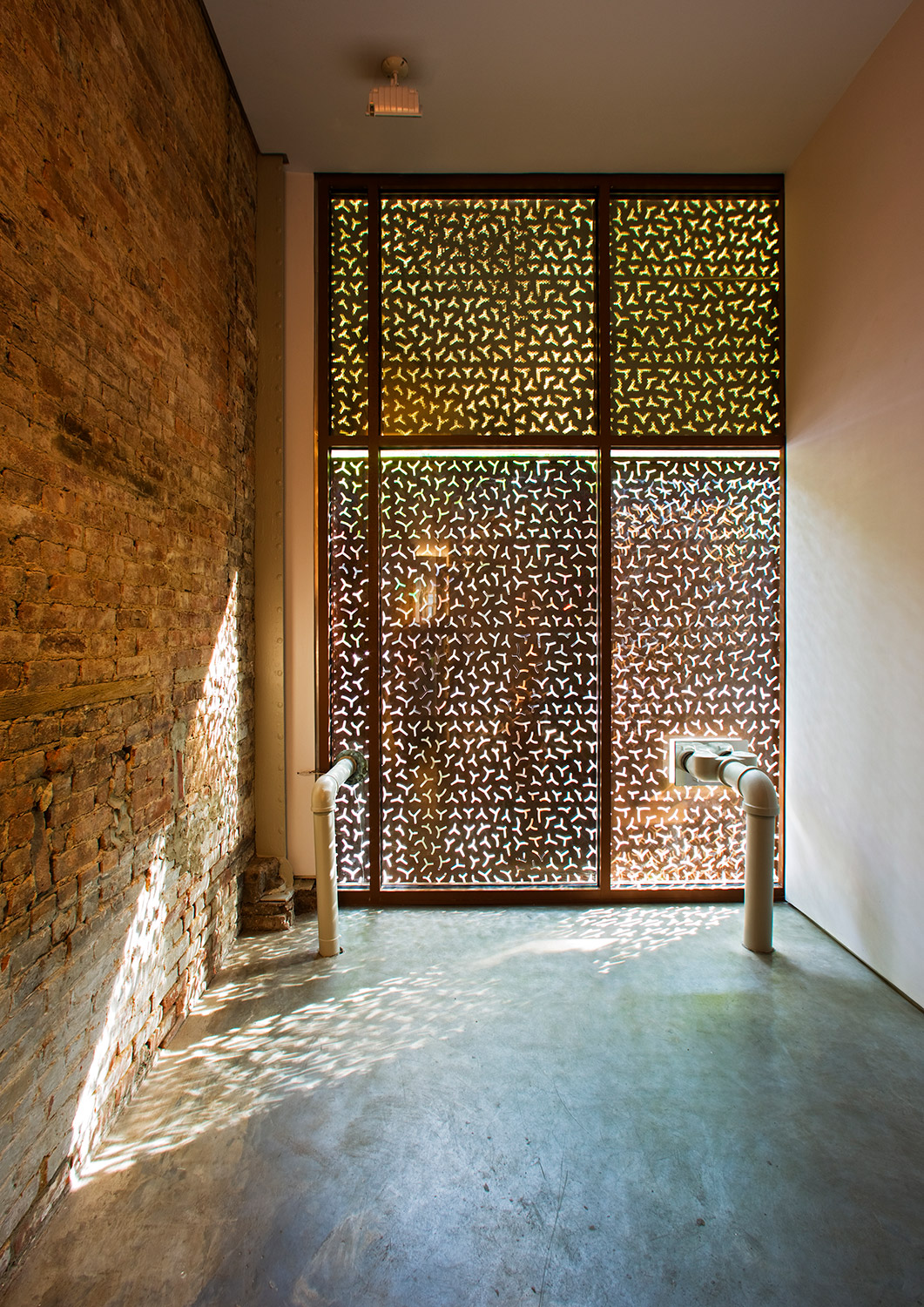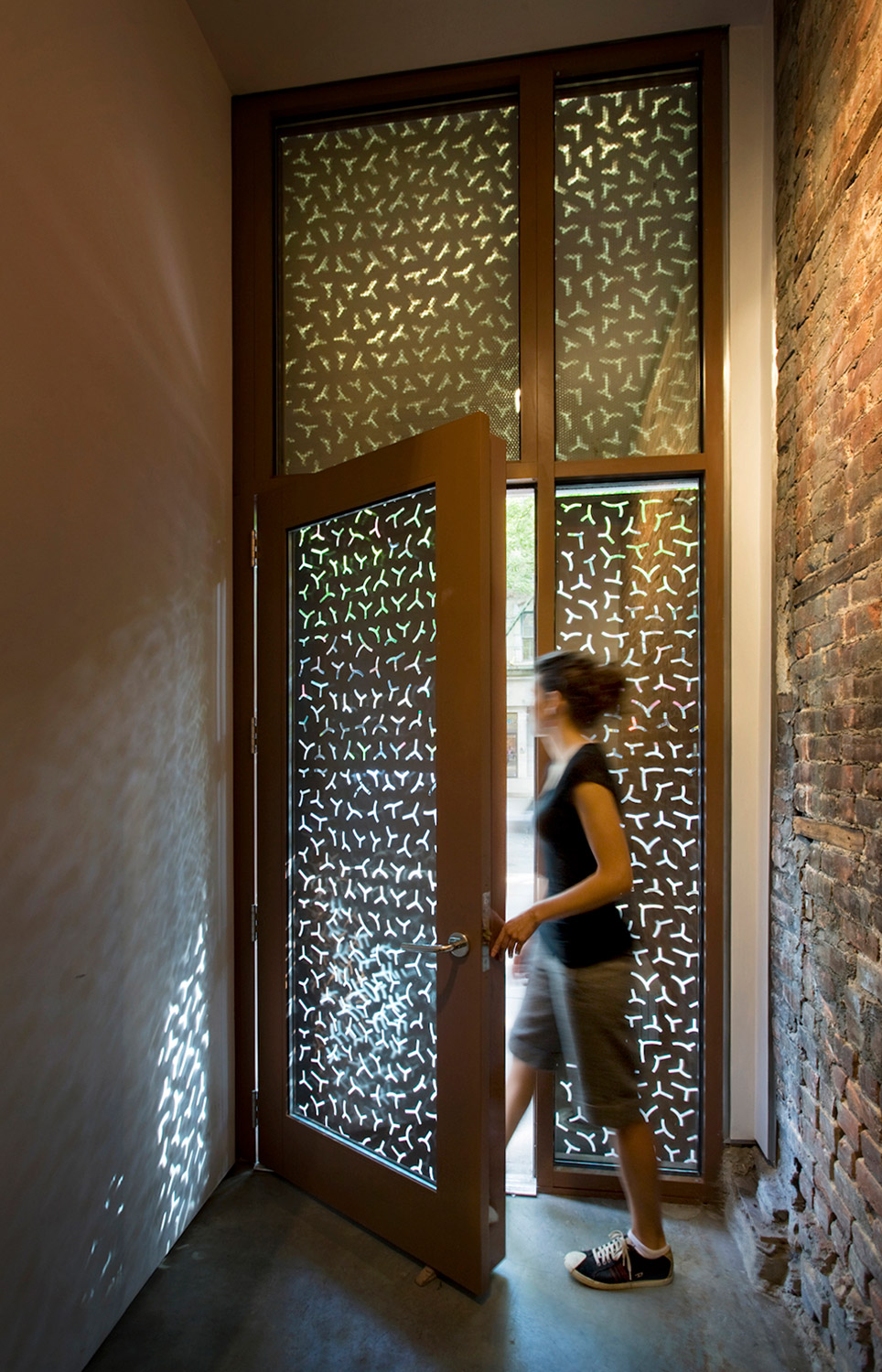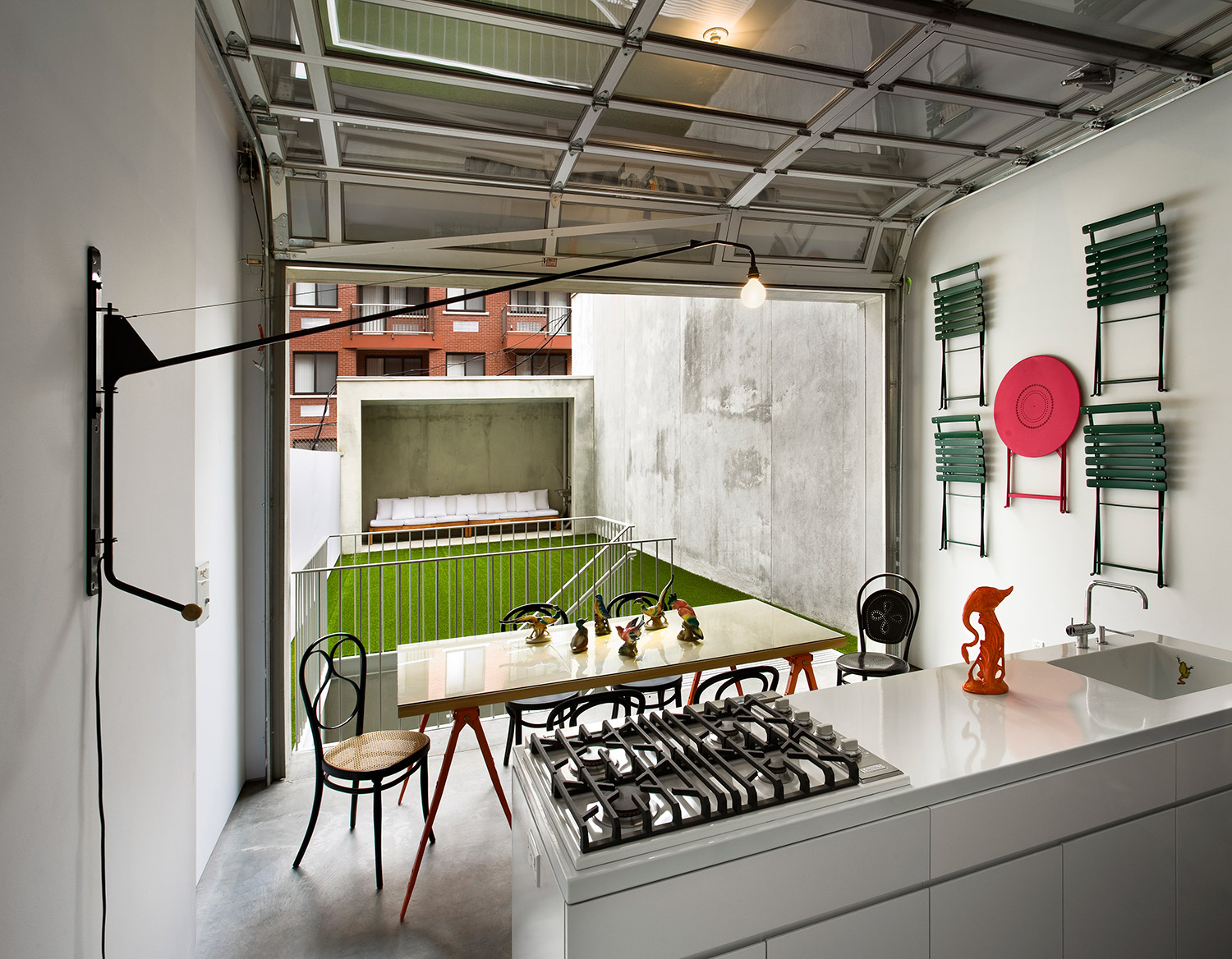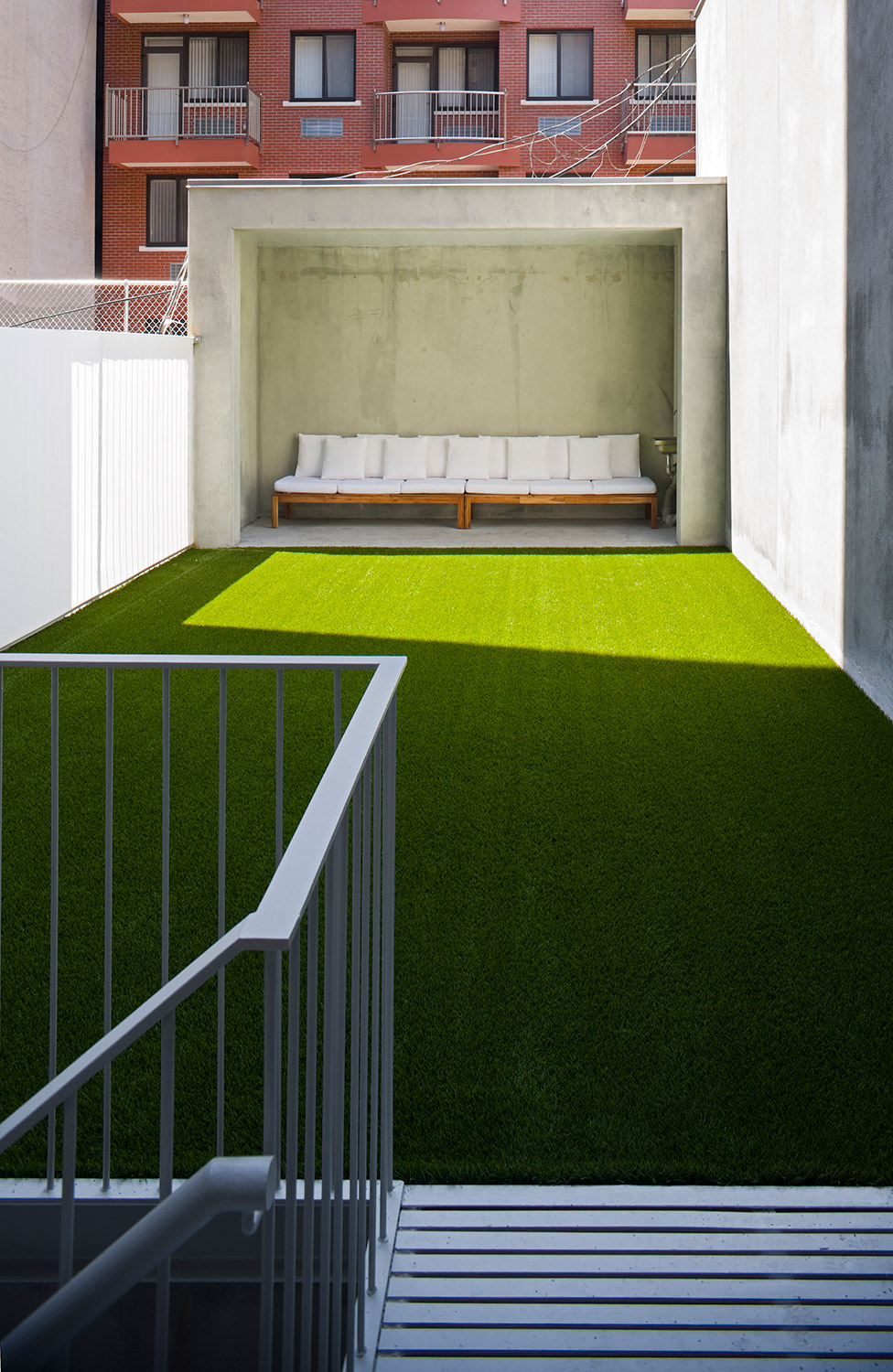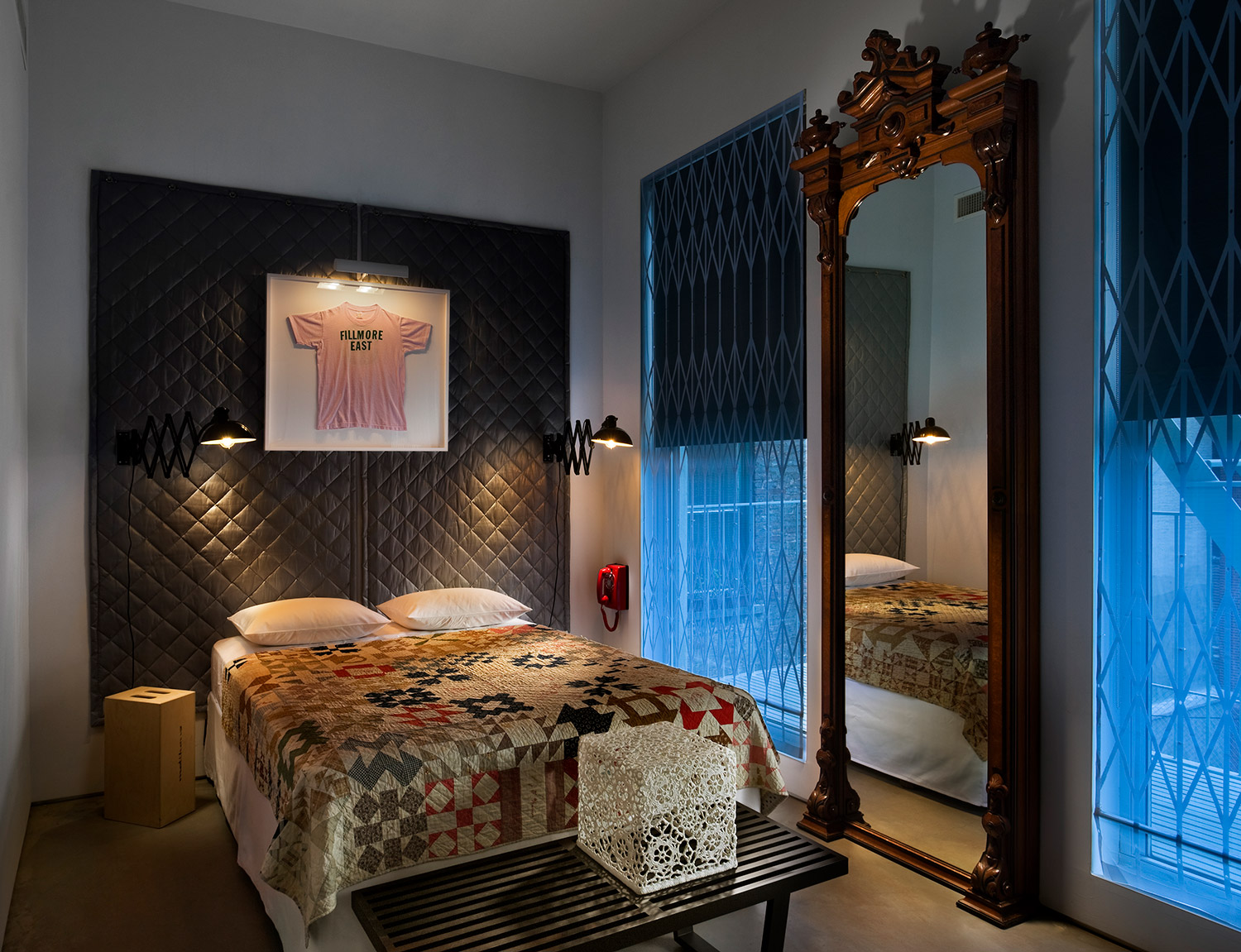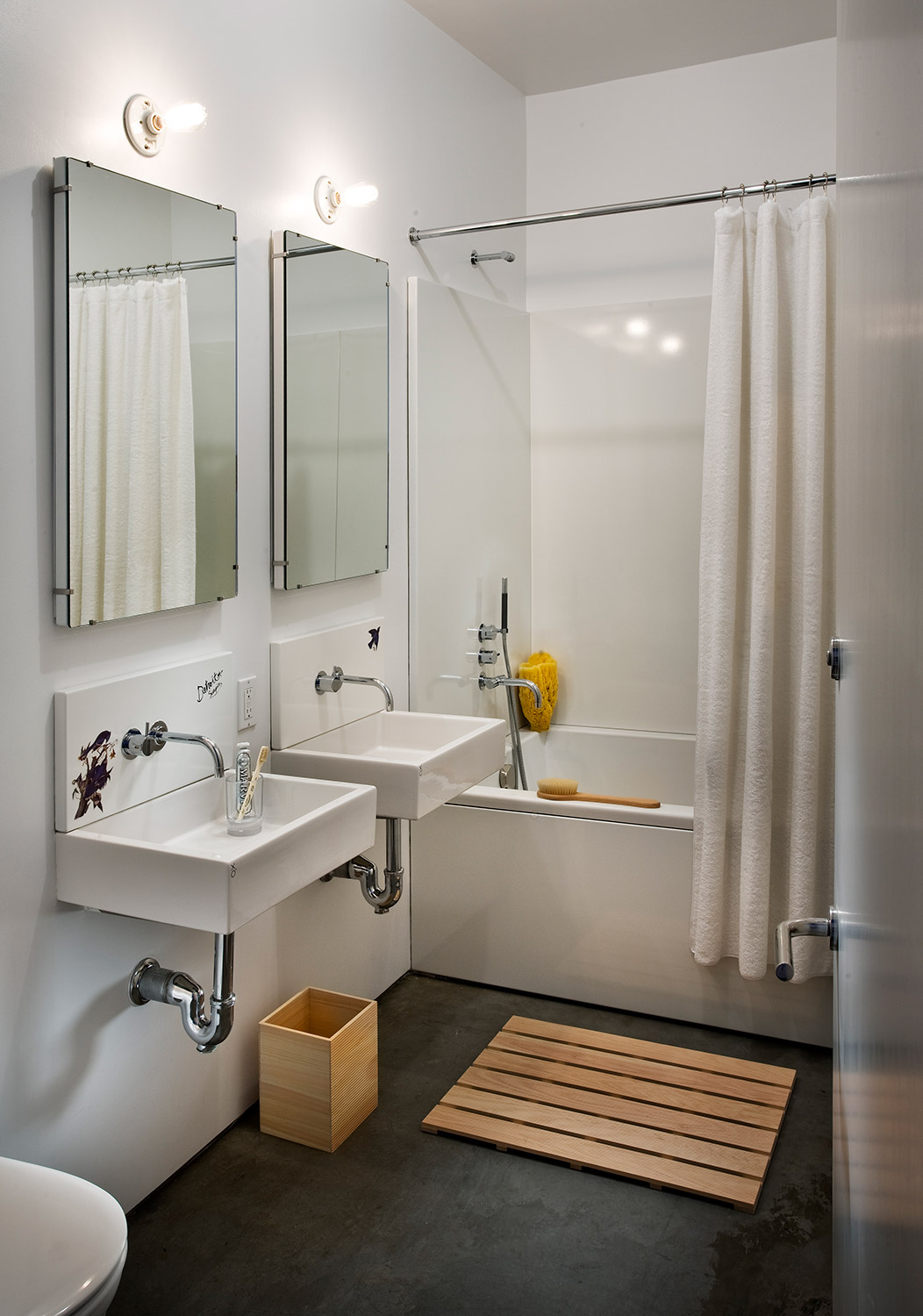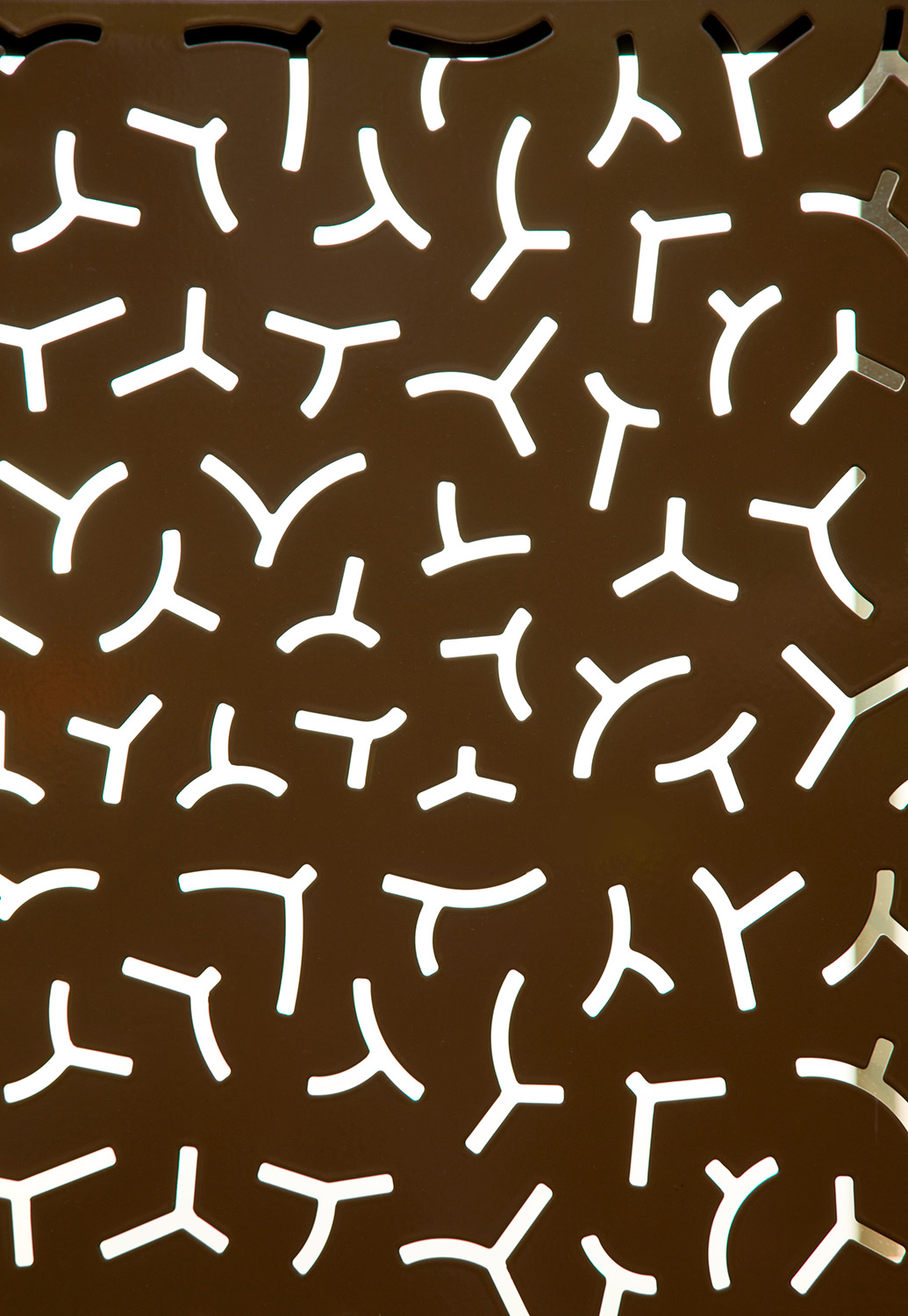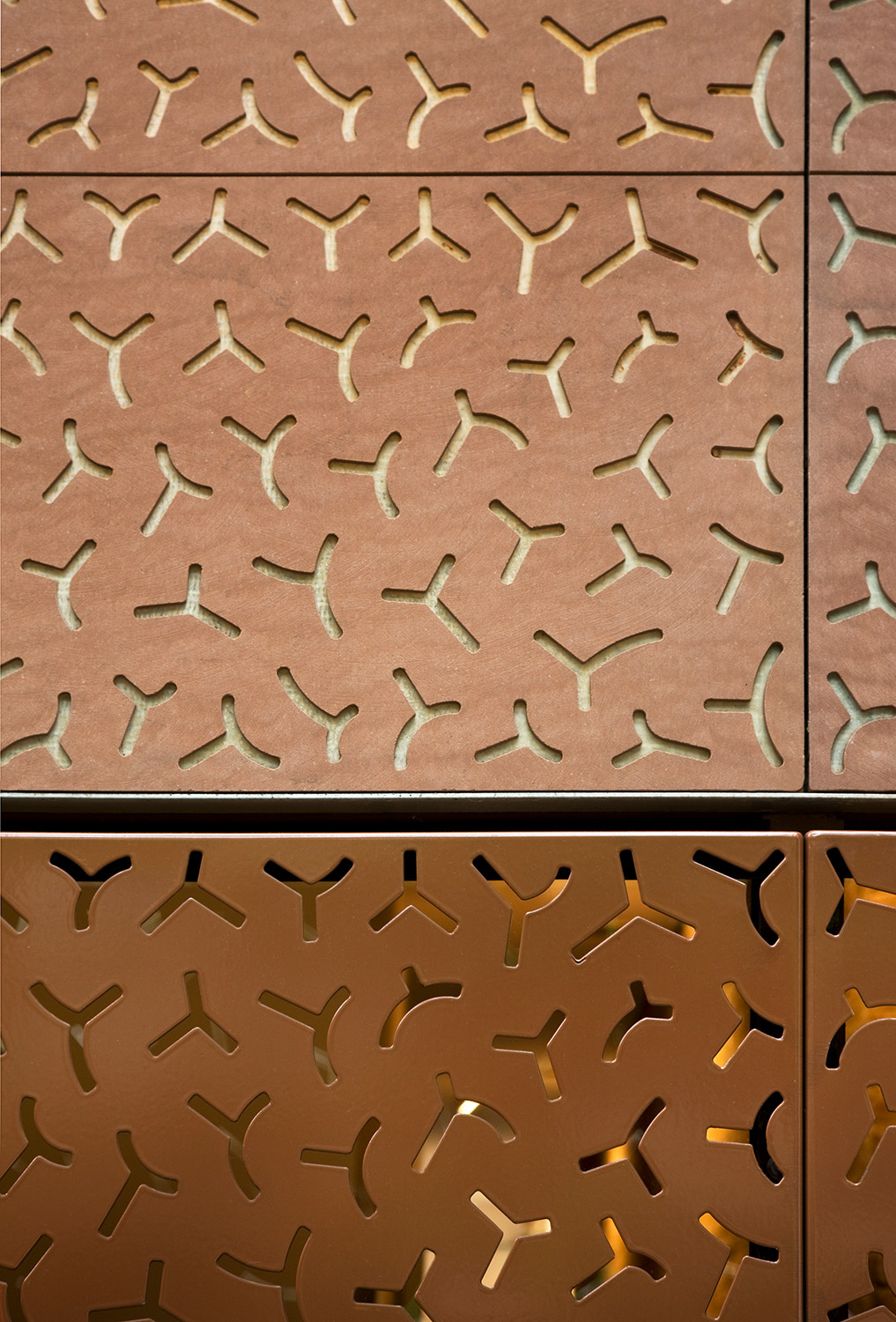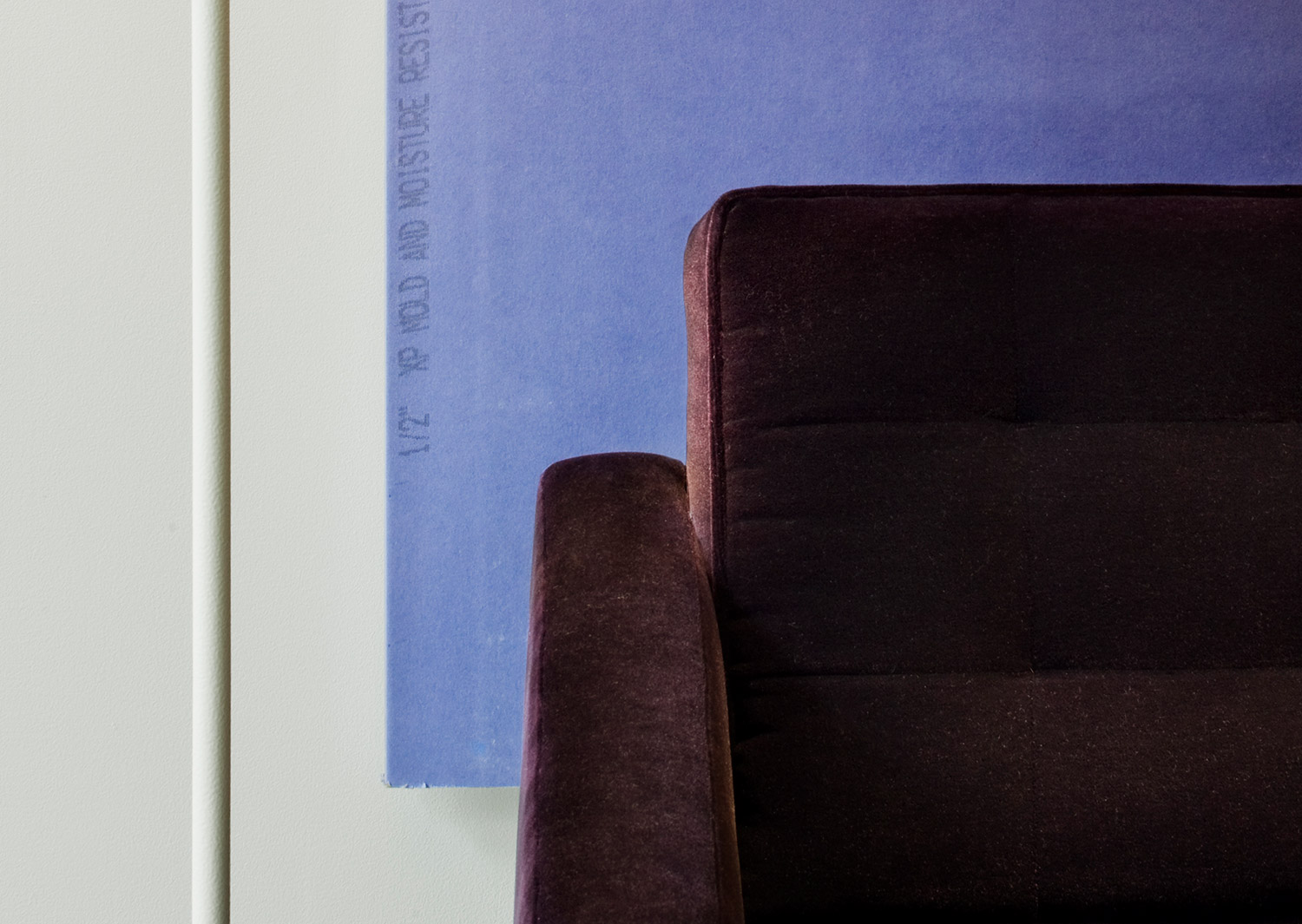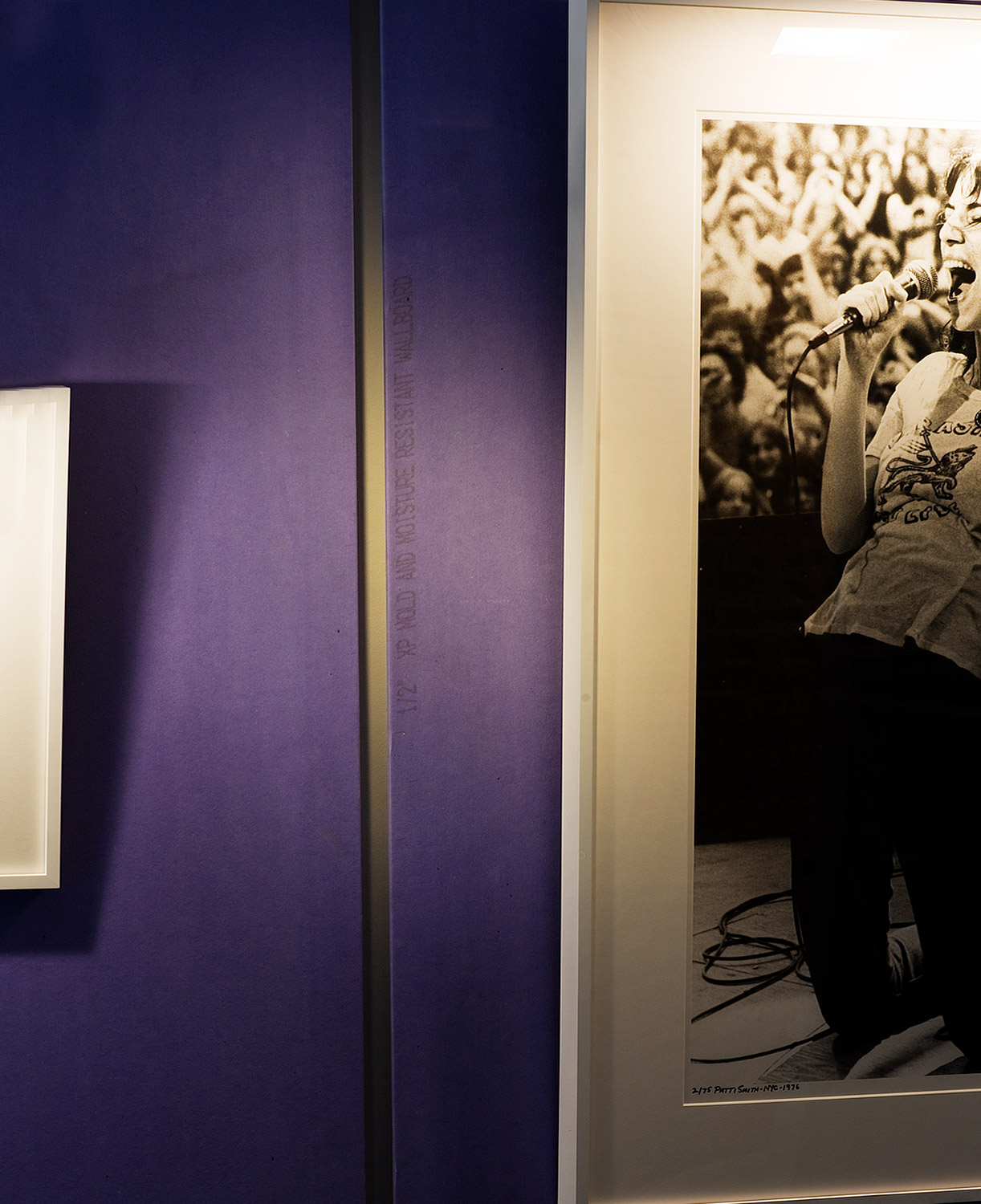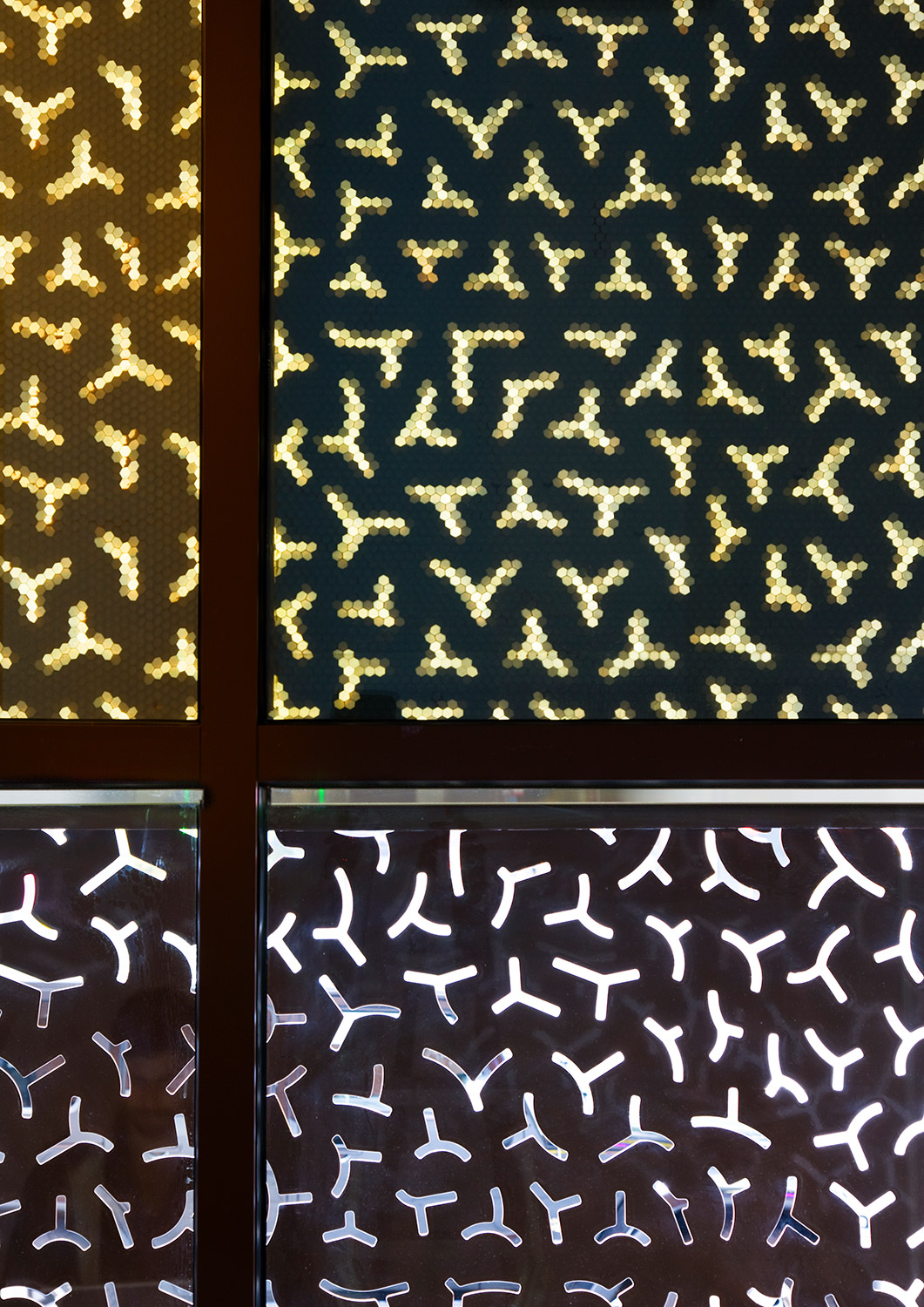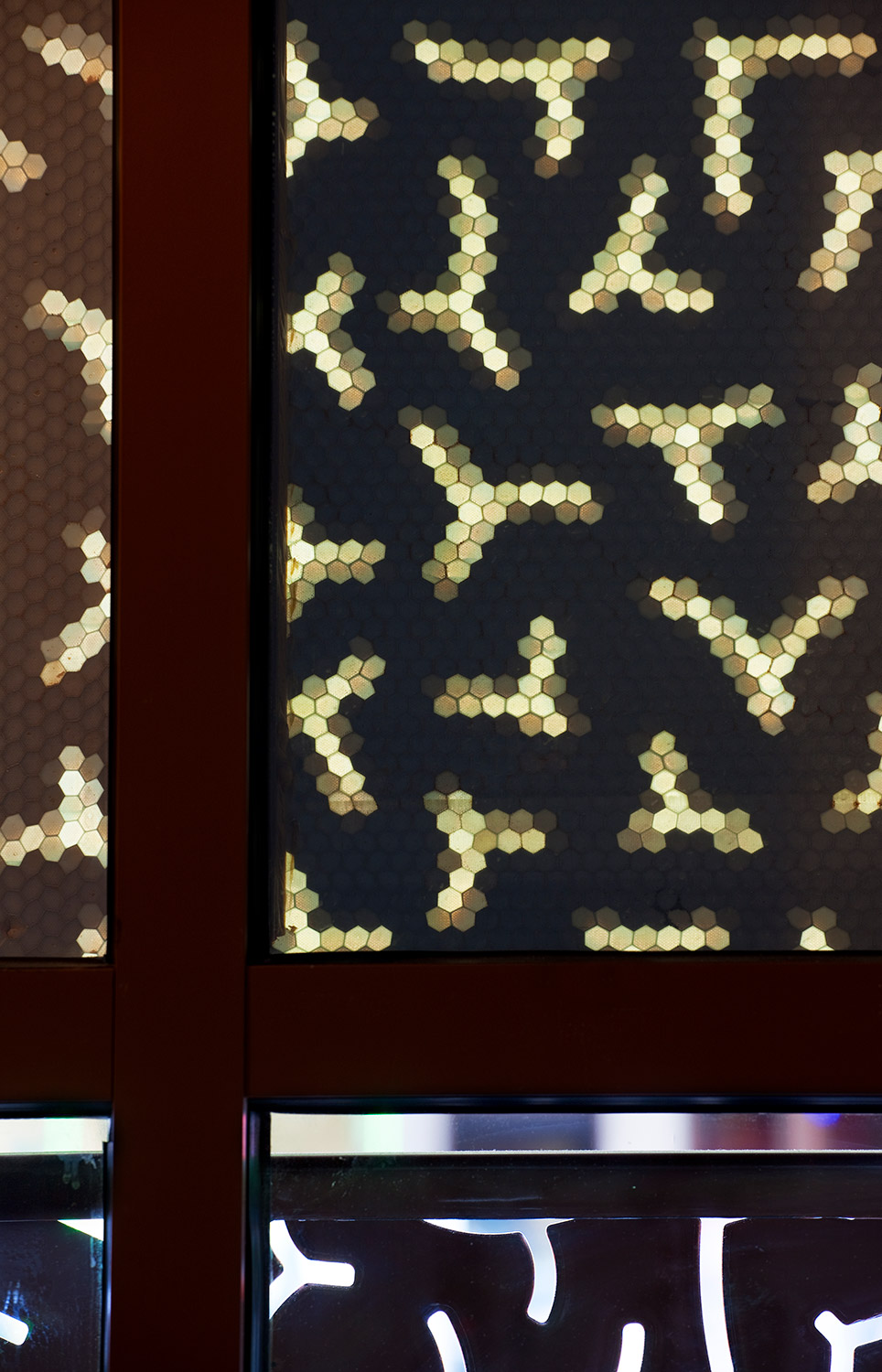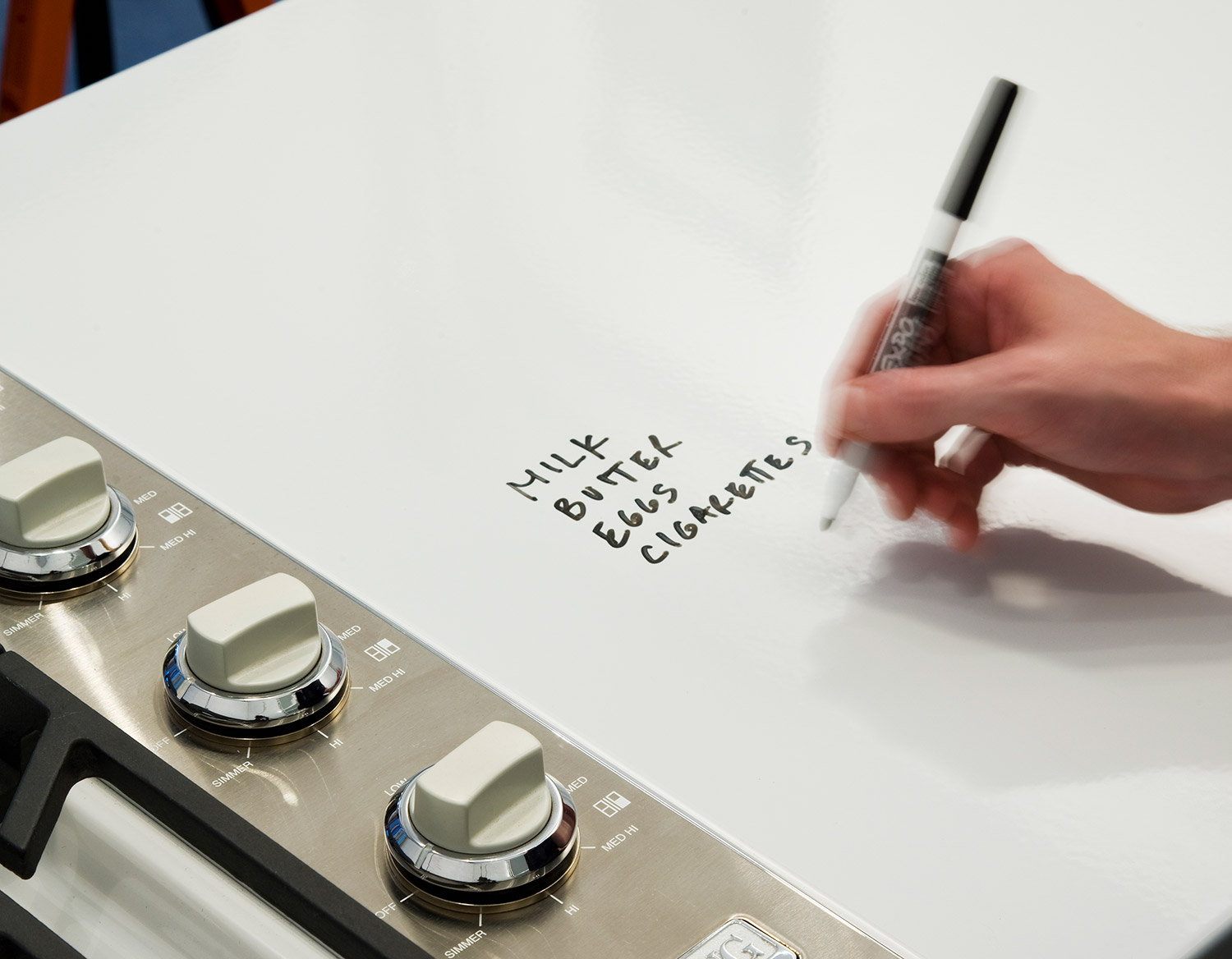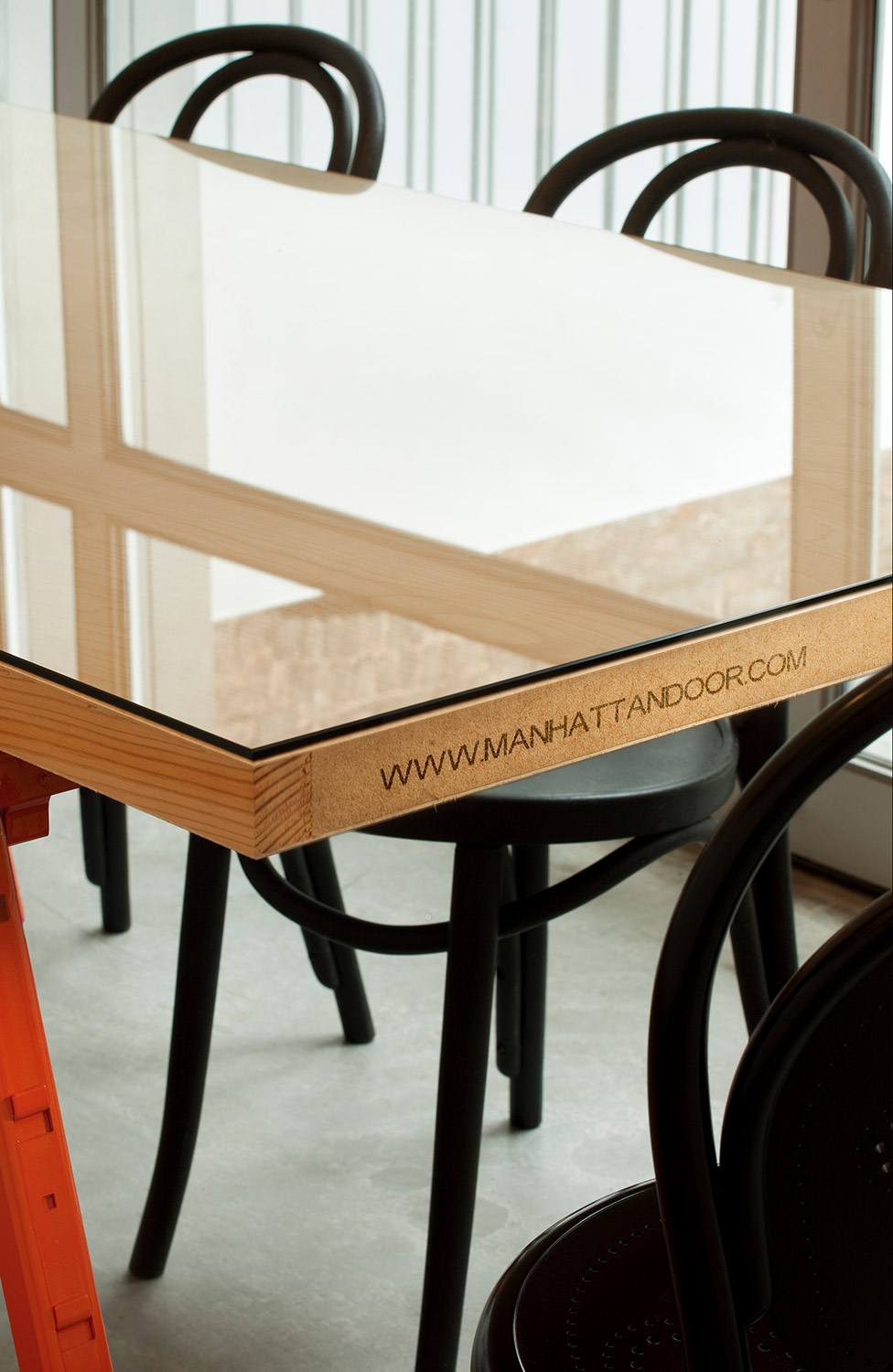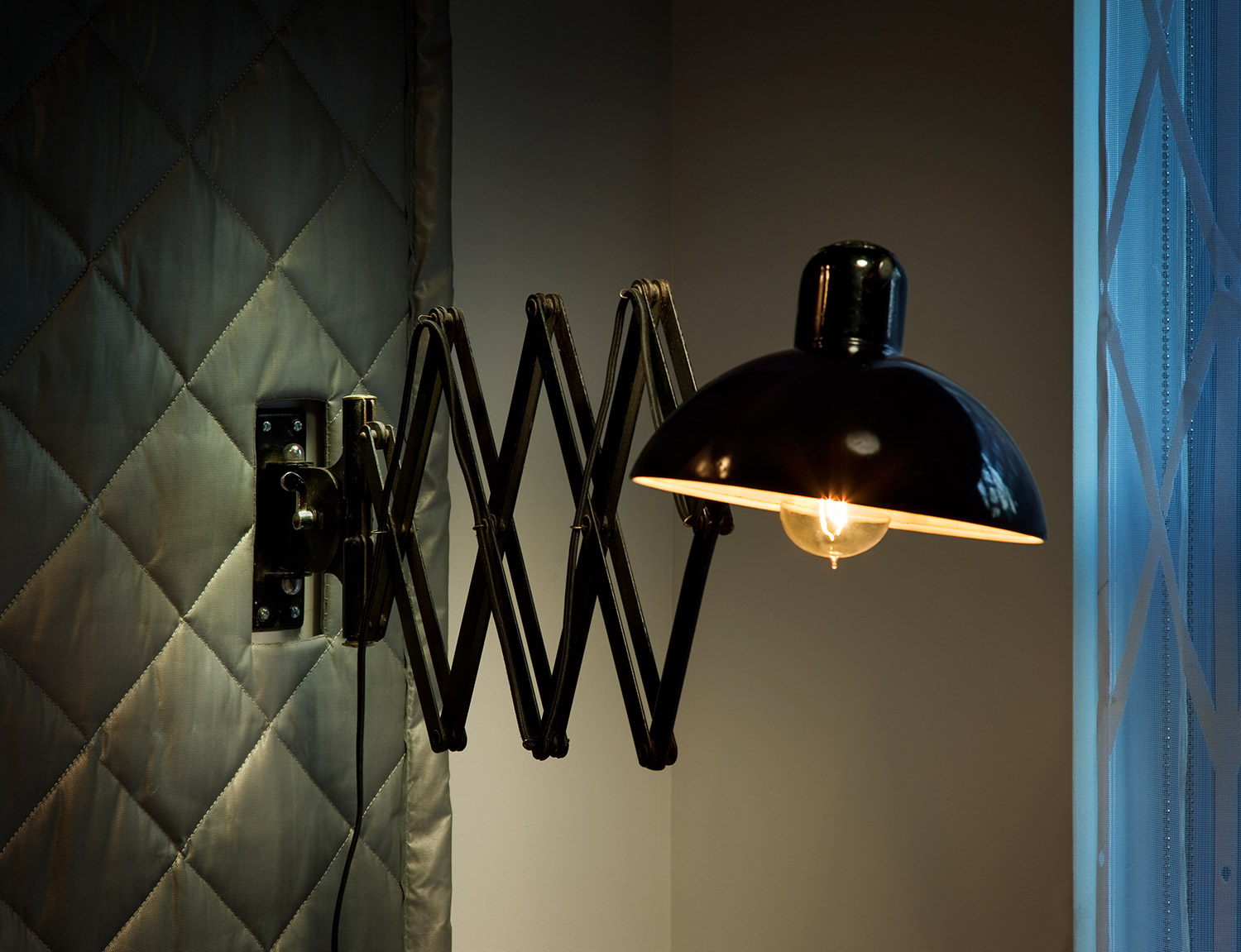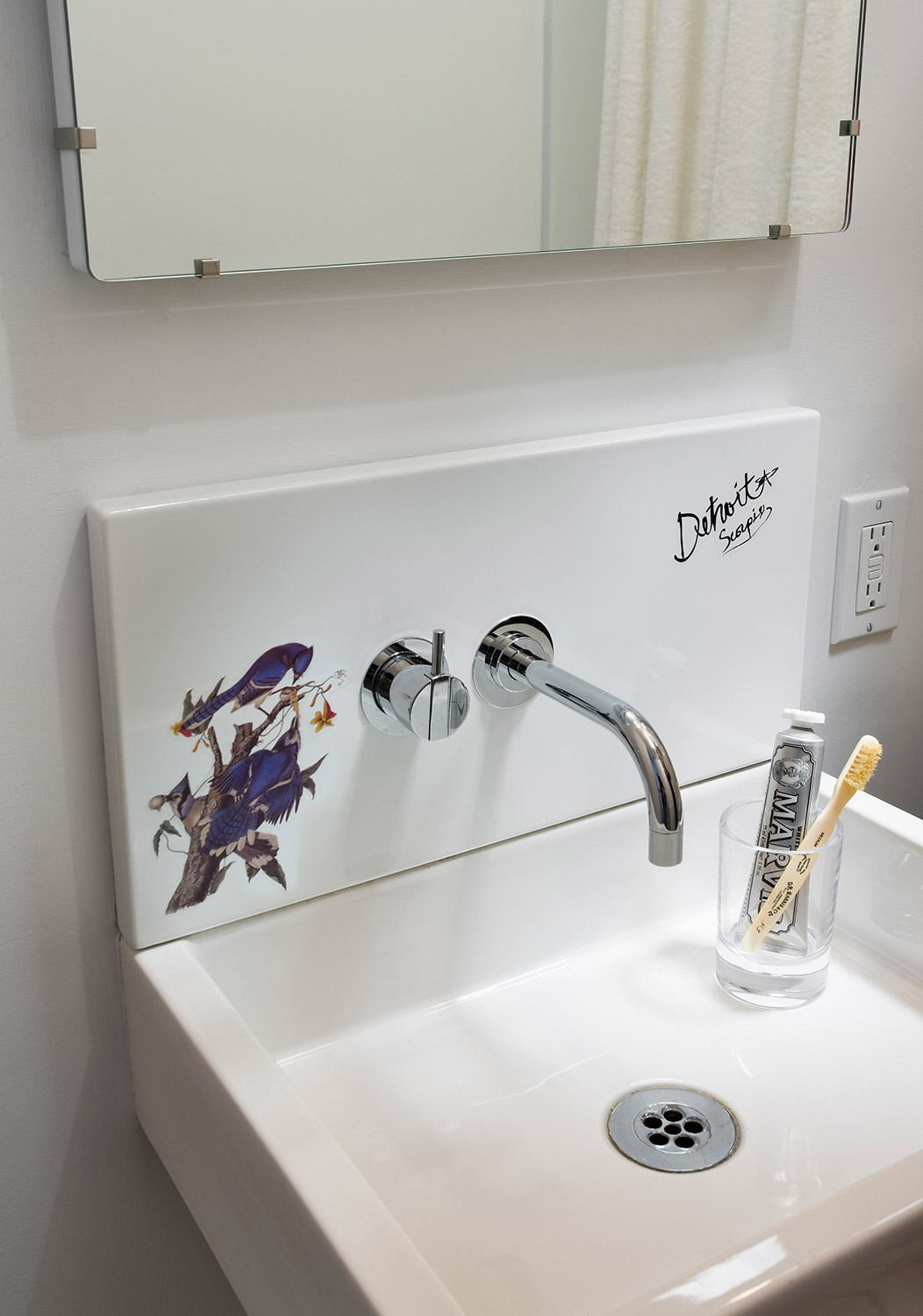the brownstone east village
gut renovation & ground-up construction
east village, nyc
design: bill peterson
project team: bill peterson, mark castellani, miki sawayama, miwa tanaka, hiromi watatani
photography: david sundberg/esto
The project design reinterprets this classic New York City Brownstone using high performance versions of original and period materials. It first recognizes the literal symbolic relevance of the building’s brownstone facade, particularly the material of which it is made and identified. The original building was built in the 19th Century in the Italianate revival Style, the period style that came to define the brownstone as an American icon. Few brownstones were actually built after 1900 but, long since Victorians roamed their halls, they have continued to symbolize NYC on stage & screen as well as on times square postcards & souvenirs.
The three tier ‘tripartite’ façade has been carefully restored to its original detail, except that, at its Base and Parlor Floor, or ‘Piano Nobile’, new breeds of porcelain and quarried brownstone, both materials used in the original home, have been used in place of the original heavy stone masonry, weighing 60 pounds/square foot. A section of the first floor and the entire second floor façade is clad with these ultralight panels, weighing a mere 3.5 pounds/square foot.
They consist of a ¼” layer of real brownstone laminated to a ¾” aluminum honeycomb core. The entertainment division at McLaren Engineering Group, the same team that engineers unique stage sets for Cirque du Soleil, combined this lightweight material with structural steel framework, cabling systems and a ceiling recessed motor driven axle to realize, perhaps, the most unique feature of the building design: the retractable façade. This feature improves upon and replaces the parlor floor balcony, originally located here and now prohibited by building code. Paired with an internal glass railing and an air curtain system that keeps bugs out and conditioned air in, the room can be transformed into a porch at the flip of a switch.
At the transom level of the first floor façade below, the same stone material is routed with a chicken foot ‘rustication’ pattern, traced from the base of a neighborhood building of the same vintage, to reveal but not puncture the translucent honeycomb layer underneath. At street level, resilient, graffiti-proof porcelain, manufactured by the same company that makes the signage for the NYC subway system, is perforated all the way through with the same pattern, providing street privacy while creating a dappled light effect on the interior.
